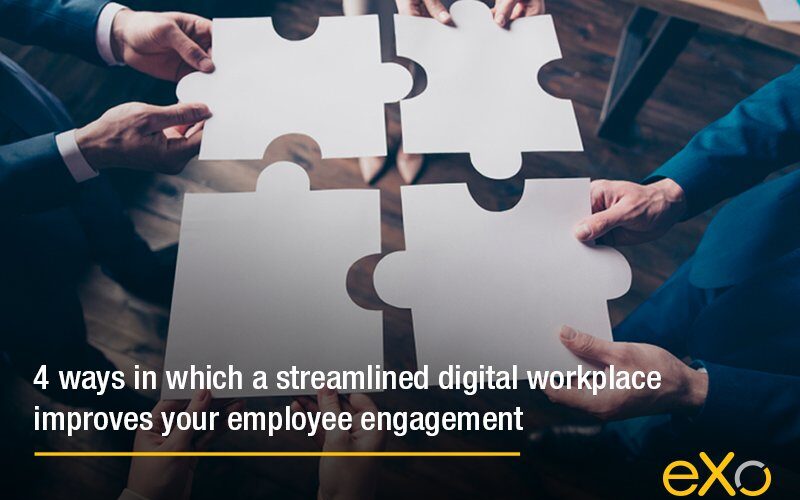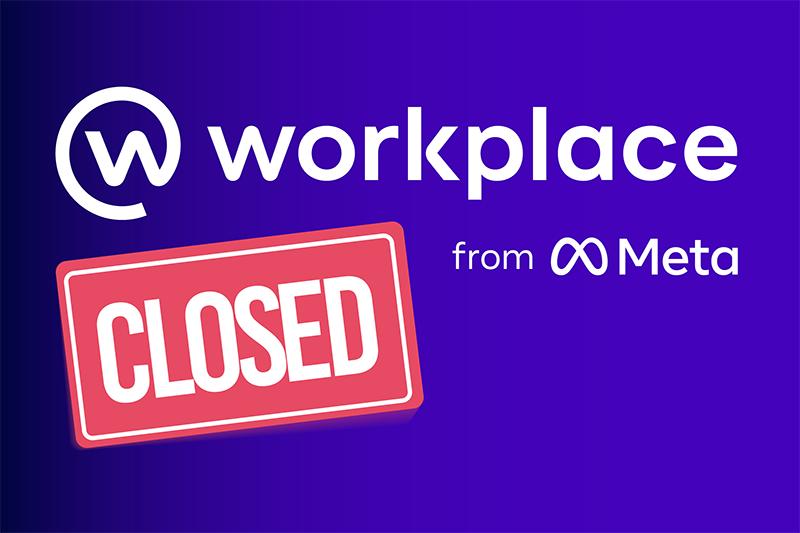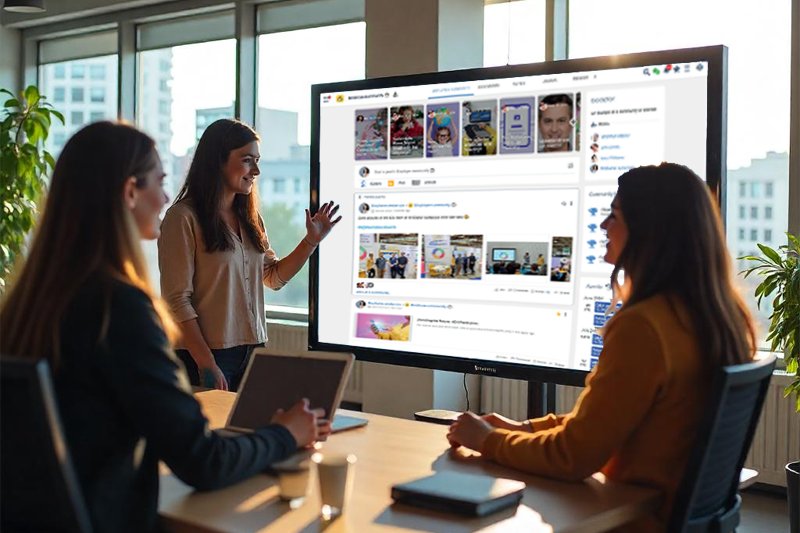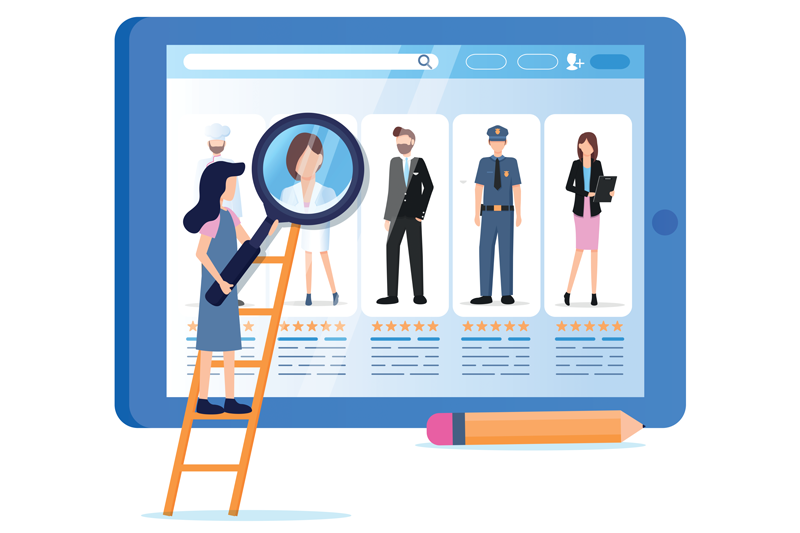- Fares Laroui
- July 9, 2019
4 ways in which a streamlined digital workplace improves your employee engagement

Content
So why do we need a digital workplace?
1. Empower your employees and address frustrations with the workplace
2. Communicate so that your employees feel aligned with the company
3. Collaborate to improve your employees’ sense of belonging
4. Utilize the digital workplace to promote recognition programs and employee-engagement KPIs
Conclusion
discover all the features and benefits
FAQs
What is a digital workplace?
A digital workplace is a next generation of intranet solutions or intranet 2.0 that is based on three pillars: communication, collaboration and information. In a way this definition is true but it doesn’t cover the whole spectrum of the term. Here are some definitions of digital workplace:
- An evolution of the intranet
- A user centric digital experience
Why do we need a digital workplace?
While this question is commonly heard in board rooms, a better question would be, ‘What could we do with a good digital workplace?’
How A Digital Workplace Can Improve Employee Engagement?
A good digital workplace helps you improve your employee engagement, by addressing all the common reasons for employee disengagement in one place.
- Empower your employees and address frustrations with the workplace
- Communicate so that your employees feel aligned with the company
- Collaborate to improve your employees’ sense of belonging
- Utilize the digital workplace to promote recognition programs and employee-engagement KPIs
➝ Find out how A Digital Workplace Can Enhance Employee Engagement
How to launch an effective Digital Workplace?
- Understand users’ needs
- Identify your digital workplace ambassadors
- Build the digital workplace brand
- Training and onboarding
- Plan the big day
How to be a good digital workplace manager?
- Analytical skills and approach
- Focus on employees
- Communication and strategic vision
➝ The success of a digital workplace project depends on a number of factors
Related posts
- All
- eXo
- Digital workplace
- Employee engagement
- Open source
- Future of work
- Internal communication
- Collaboration
- News
- intranet
- workplace
- Knowledge management
- Employee experience
- Employee productivity
- onboarding
- Employee recognition
- Change management
- Cartoon
- Digital transformation
- Infographic
- Remote work
- Industry trends
- Product News
- Thought leadership
- Tips & Tricks
- Tutorial
- Uncategorized
Leave a Reply
( Your e-mail address will not be published)


